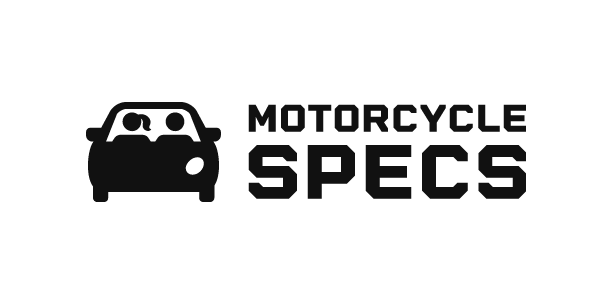Water damage can wreak havoc on homes and businesses alike, leading to significant expenses and disruption. Whether caused by burst pipes, flooding, or leaks, prompt restoration is crucial to mitigate further damage and restore normalcy to the affected space. The cost of water damage restoration varies widely depending on several factors, including the extent of the damage, the type of water involved, and the affected materials.
Factors Influencing Costs
- Extent of Damage: The severity and scope of the water damage are primary factors in determining restoration costs. Minimal damage such as a small, contained leak may only require drying and minor repairs. On the other hand, extensive flooding that affects multiple rooms or entire floors will necessitate more extensive restoration efforts, including structural repairs and mold remediation.
- Type of Water: Water damage is categorized into three types based on its source:
- Clean Water: This comes from sources like broken pipes or rainwater. Cleanup for clean water is typically the least expensive.
- Gray Water: This includes water from appliances like dishwashers and washing machines. It may contain contaminants that require careful handling and cleanup.
- Black Water: The most severe category, black water includes sewage backups or water from natural disasters. Cleanup involves extensive sanitization and safety measures due to health risks.
- Affected Materials: Different materials react to water damage differently. Restoration costs will vary depending on whether the damage involves porous materials like carpets and drywall that may need to be replaced, or non-porous materials like tiles that can often be cleaned and salvaged.
- Location and Accessibility: The location of the water damage also impacts costs. Difficult-to-reach areas or those requiring specialized equipment for extraction and drying will incur higher restoration expenses.
Typical Cost Breakdown
- Assessment and Inspection: Initial assessment to determine the extent of damage and the necessary restoration plan.
- Water Extraction: Removal of standing water using pumps and vacuums.
- Drying and Dehumidification: Thorough drying of affected areas to prevent mold growth.
- Cleaning and Sanitization: Cleaning and disinfecting surfaces to restore them to a safe condition.
- Repairs and Reconstruction: Structural repairs, replacing damaged materials like drywall or flooring.
- Mold Remediation: If mold has developed, additional costs for its safe removal and prevention.
- Insurance Considerations: Coverage and deductibles can significantly affect out-of-pocket expenses.
Cost Estimates
- Minor Damage: Costs can range from hundreds to a few thousand dollars.
- Moderate Damage: Typically falls between $3,000 to $10,000.
- Severe Damage: Costs can escalate to tens of thousands of dollars, especially if extensive reconstruction and mold remediation are required.
Conclusion
Water damage restoration costs can be substantial, but prompt and professional intervention is crucial to mitigate these costs and prevent further damage. Hiring certified restoration professionals ensures thorough cleanup and restoration, minimizing disruptions and ensuring the affected space is safe and habitable once again. Understanding the factors influencing costs helps homeowners and businesses prepare for potential expenses and make informed decisions during the restoration process.

